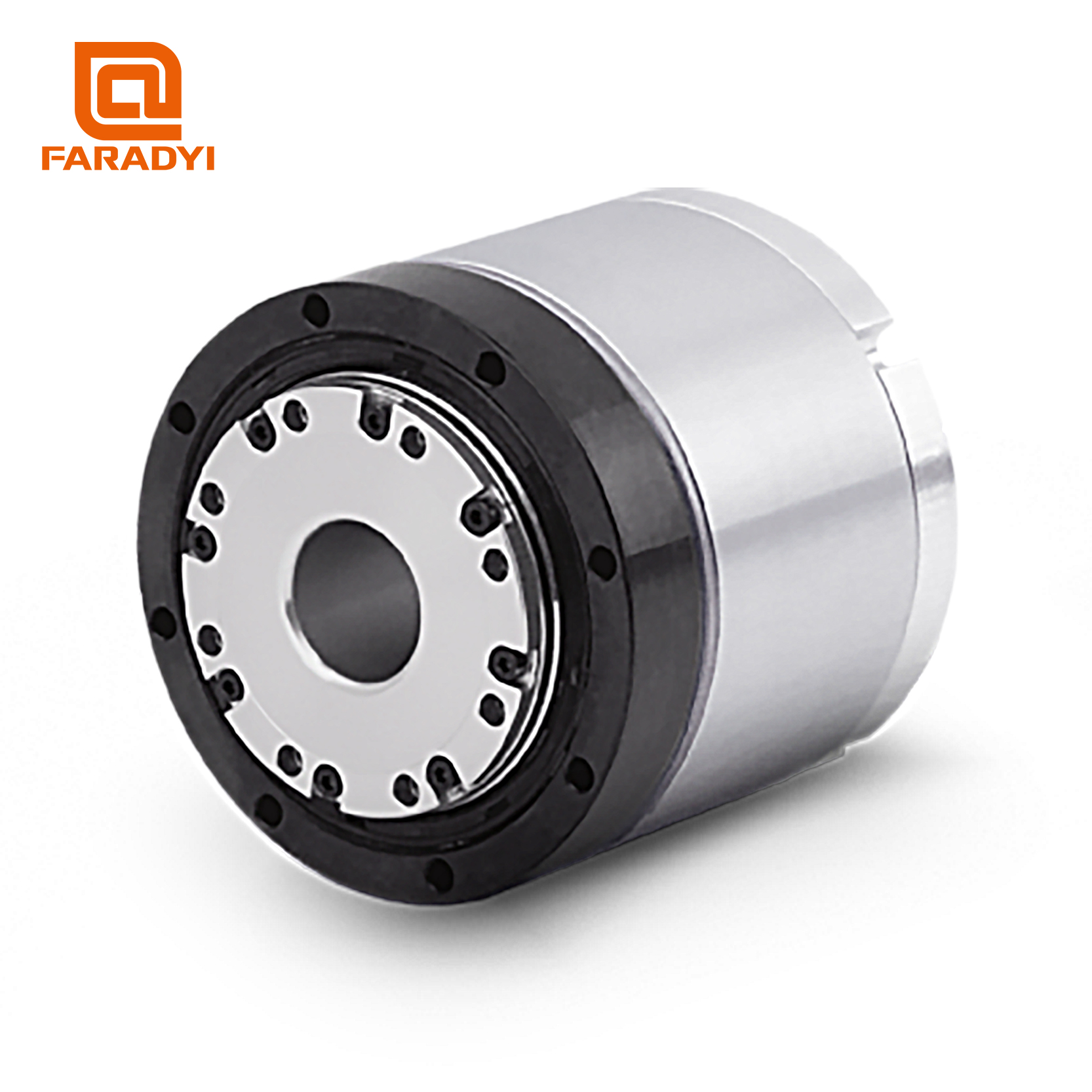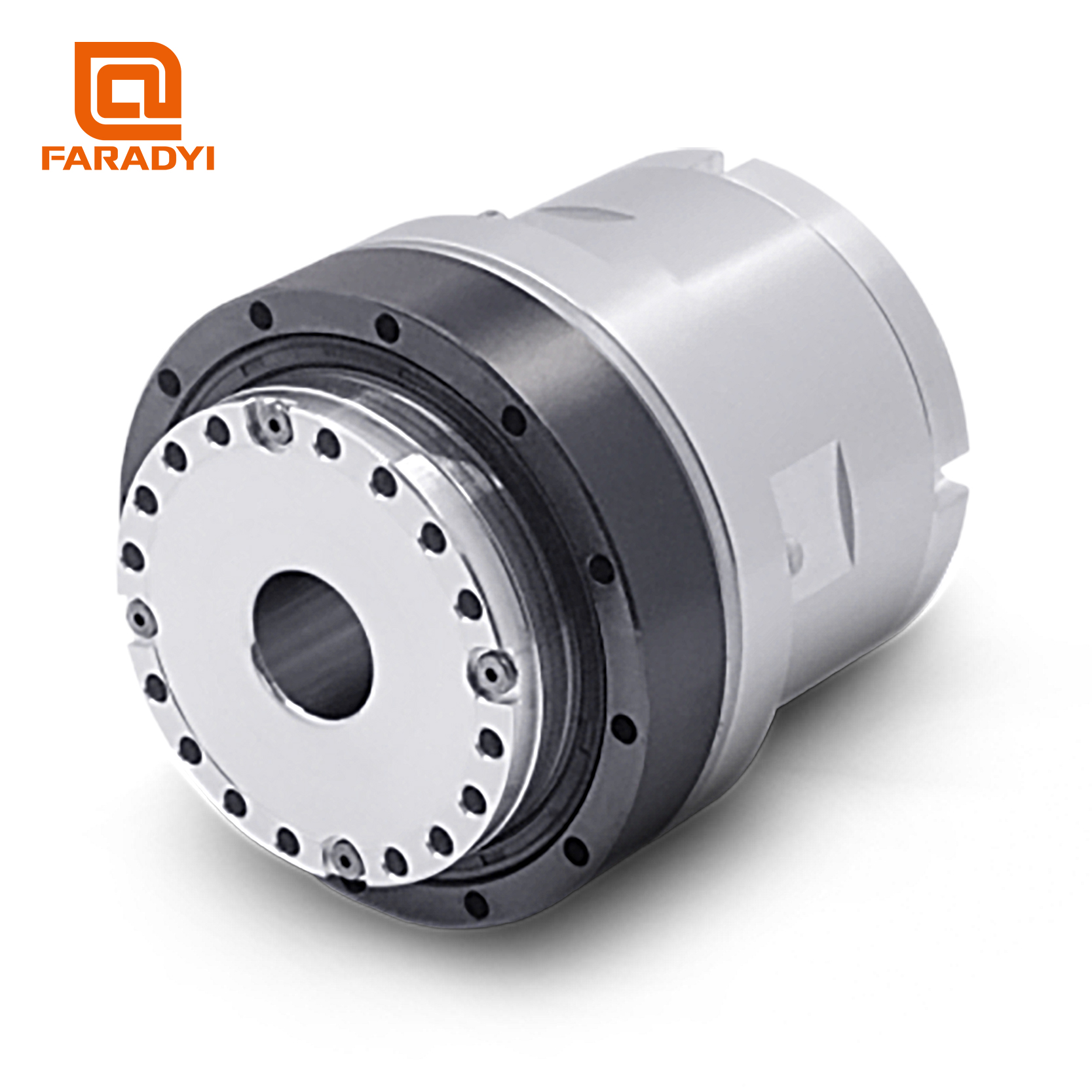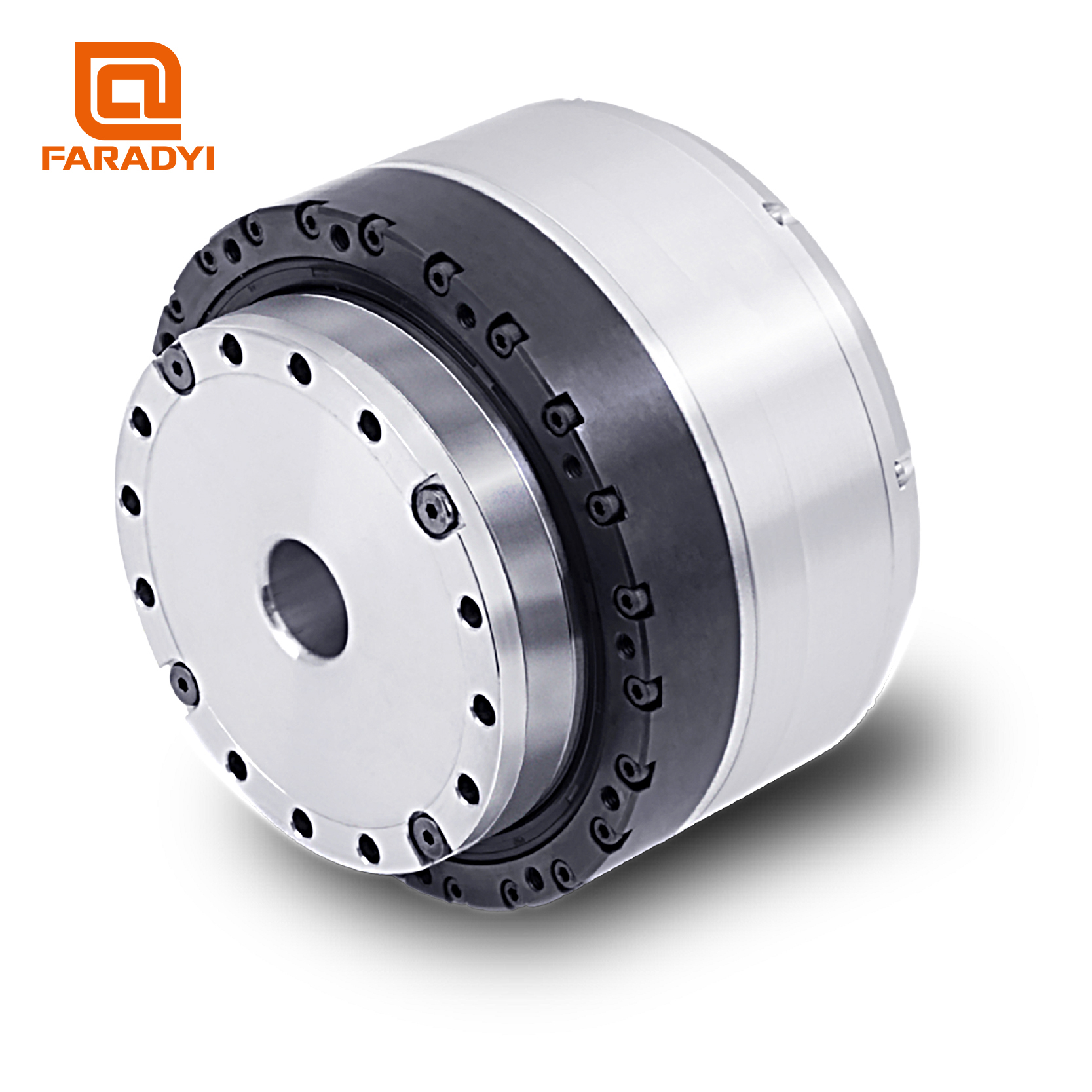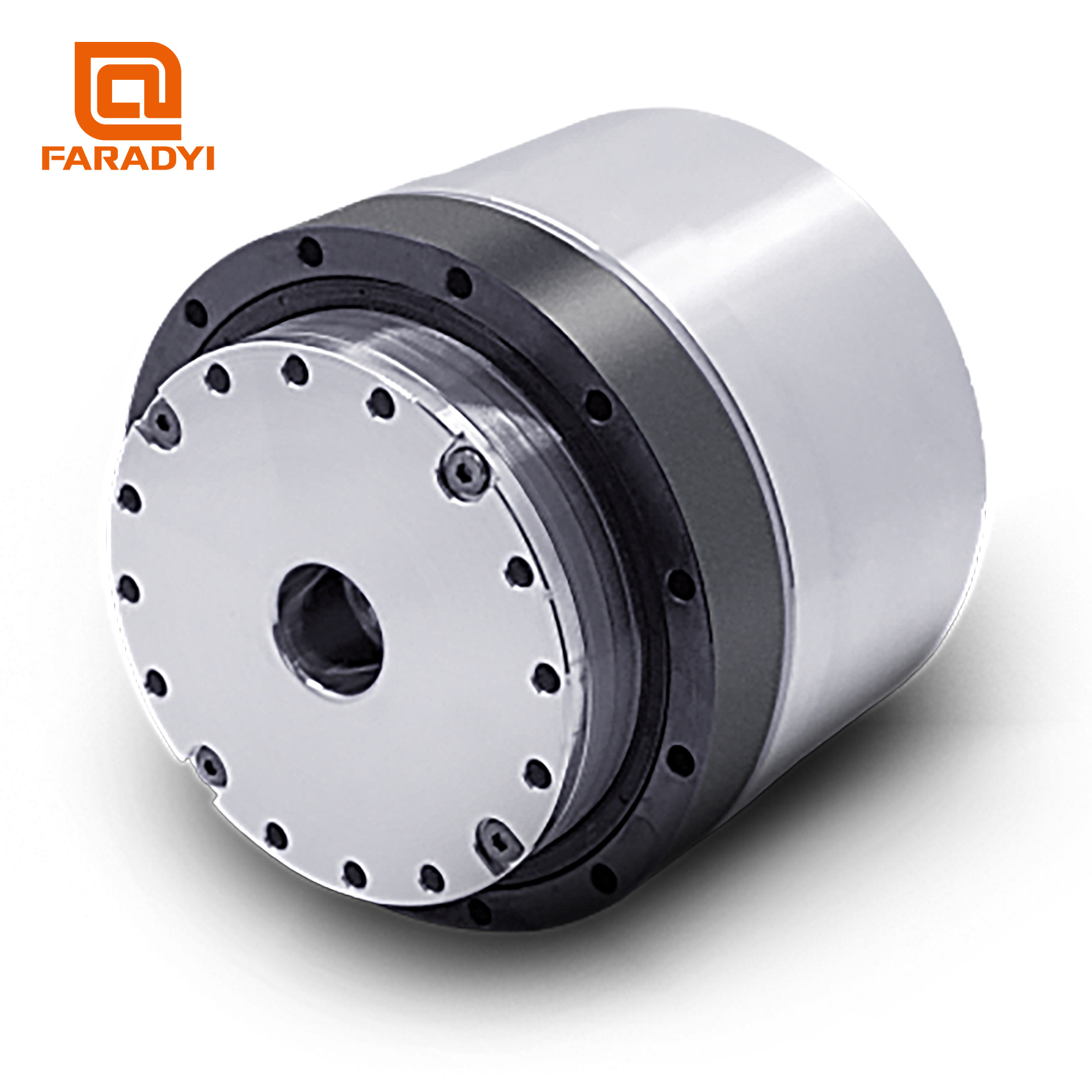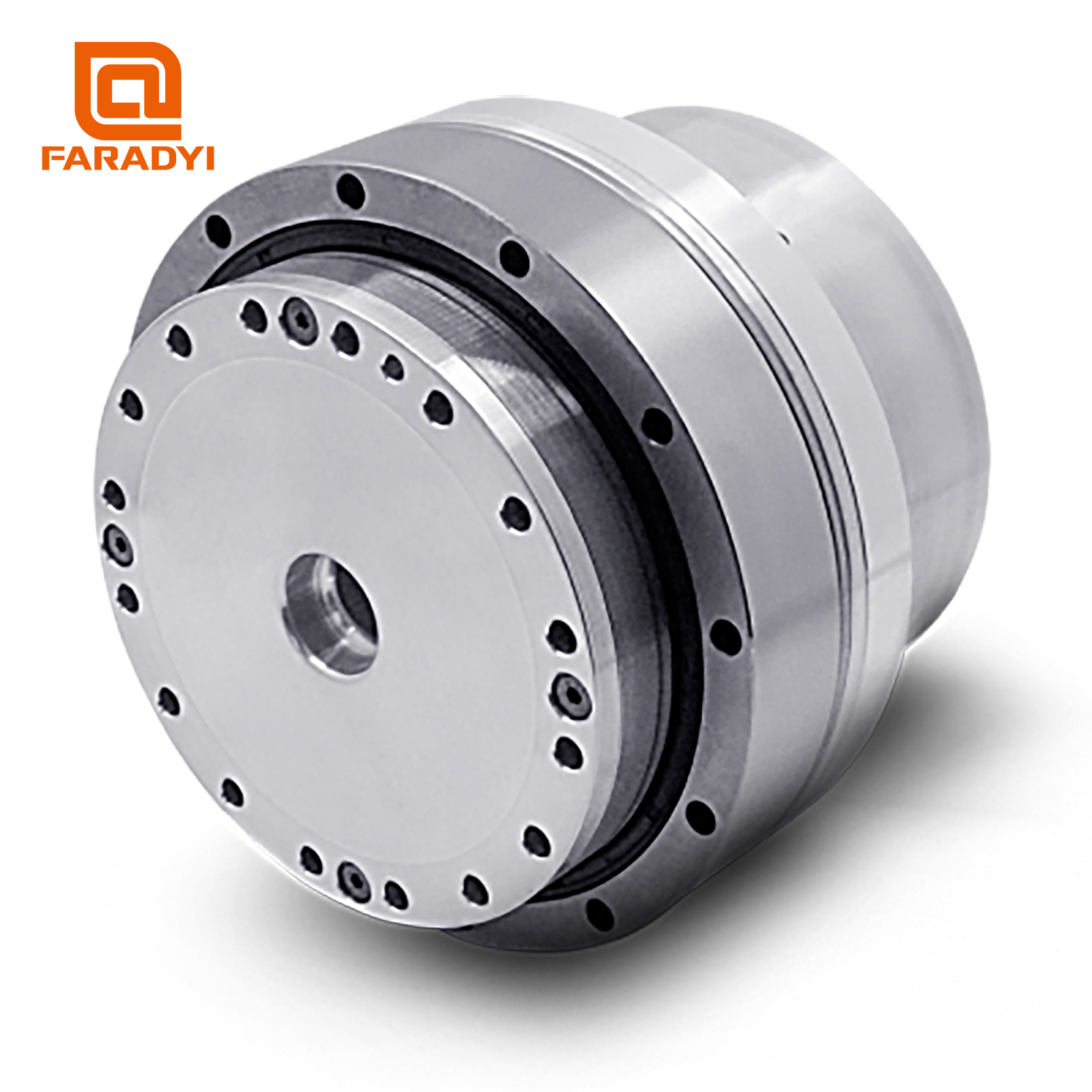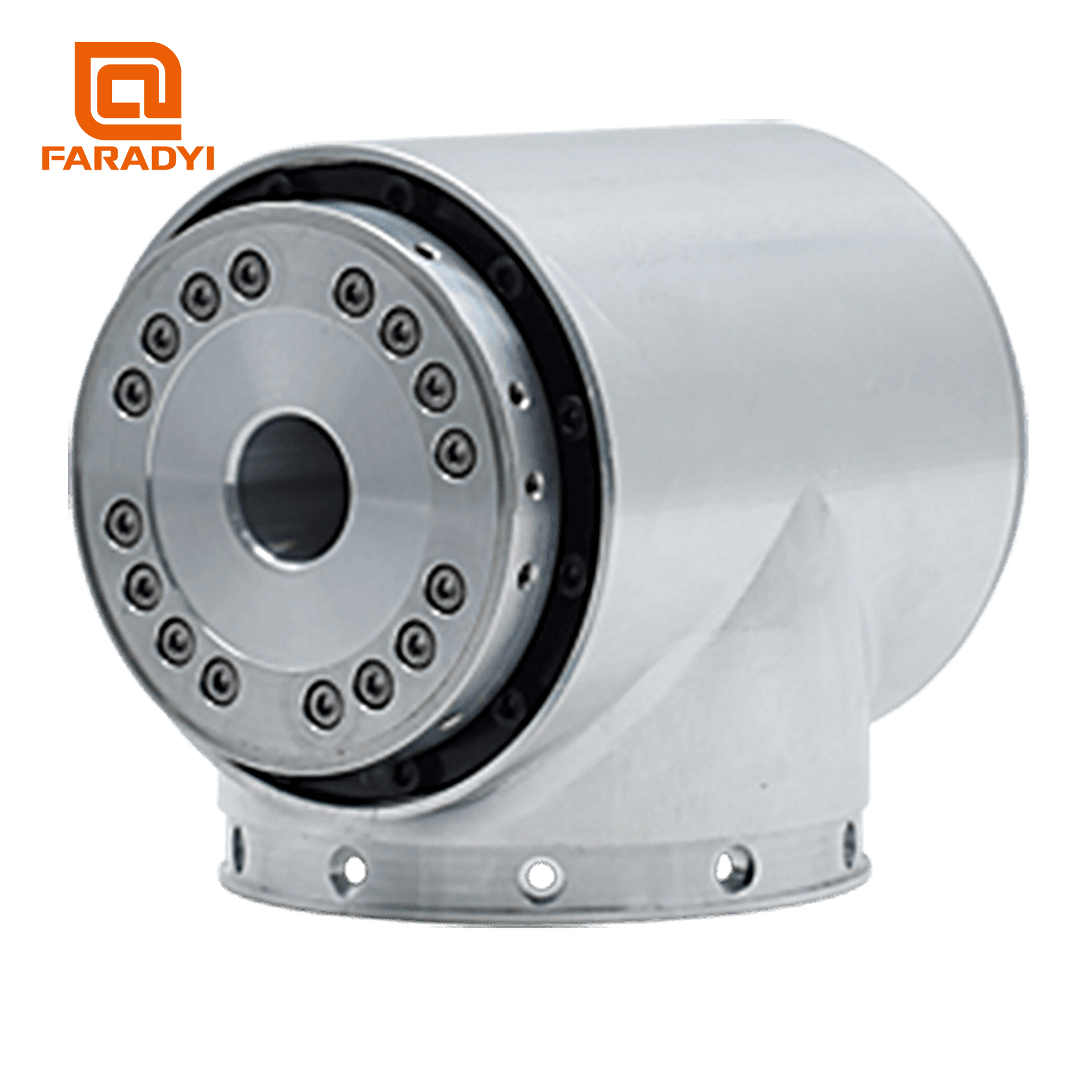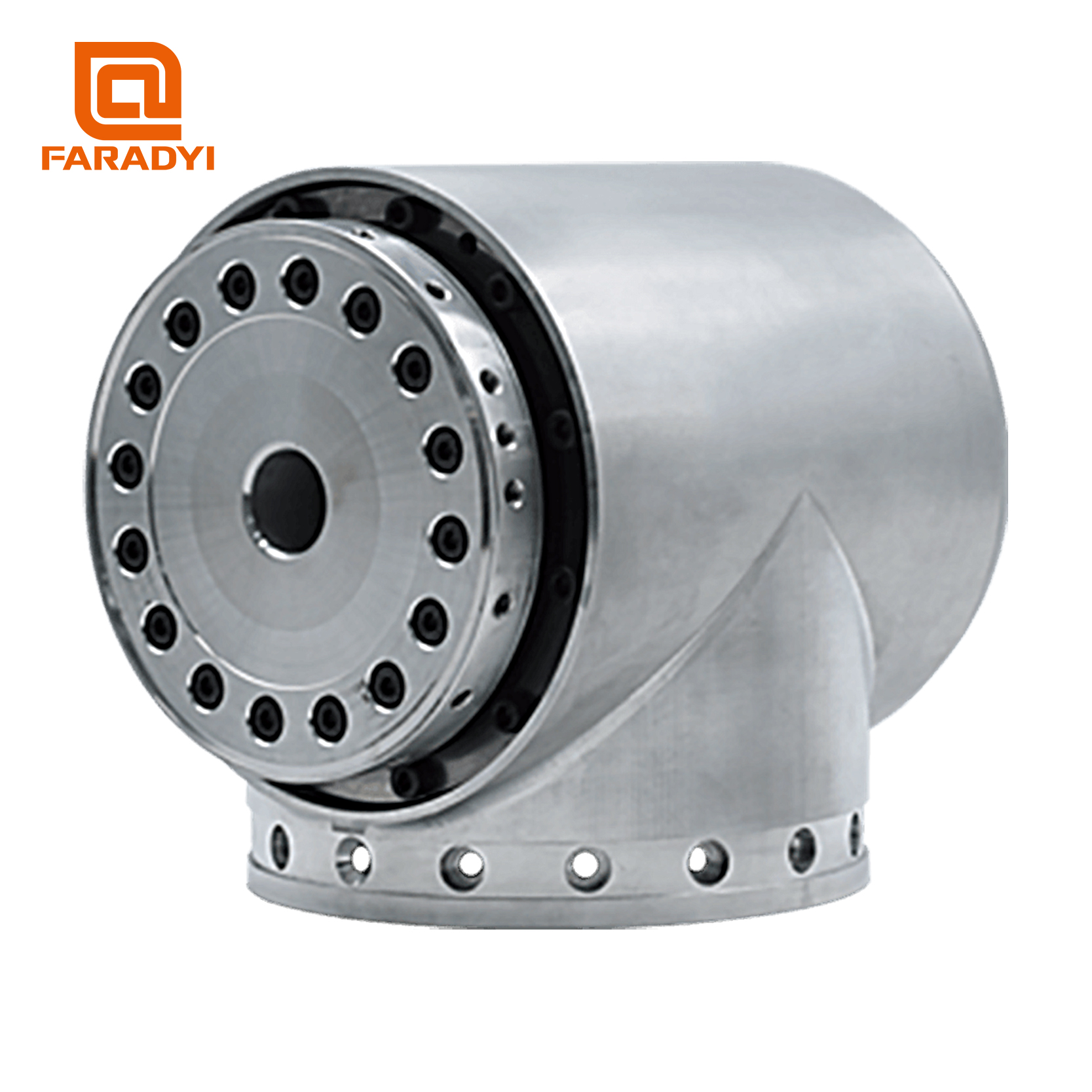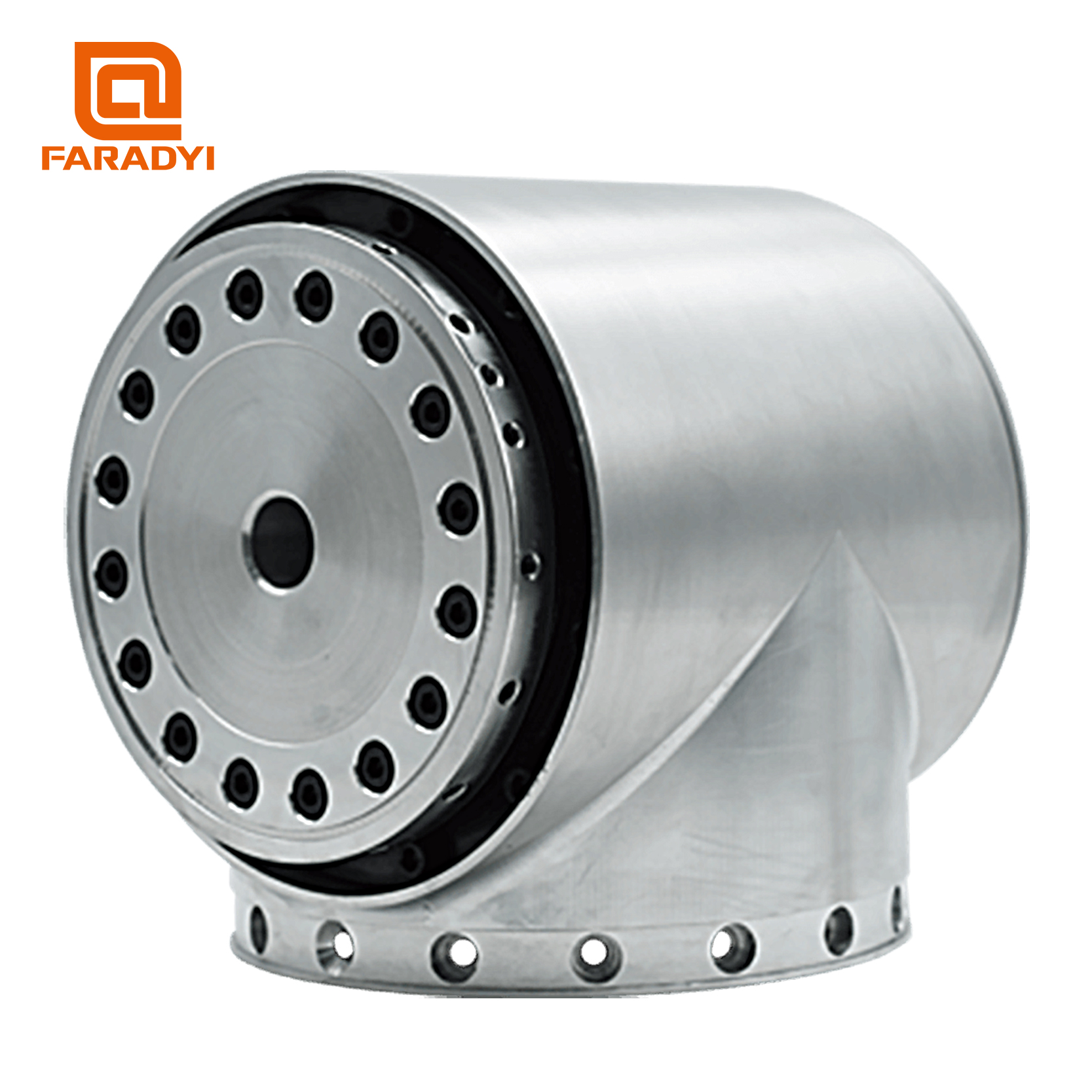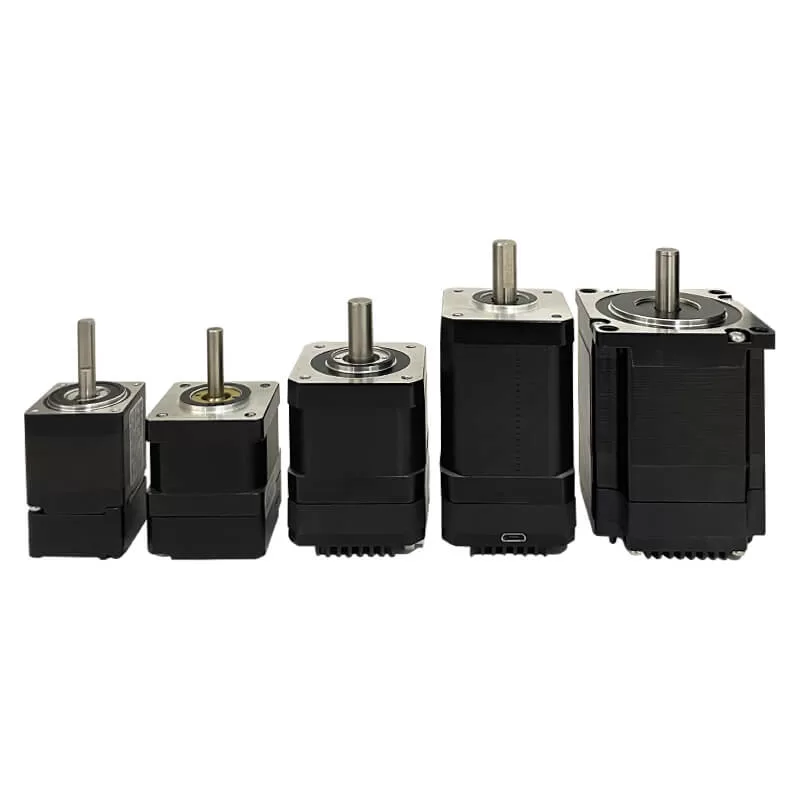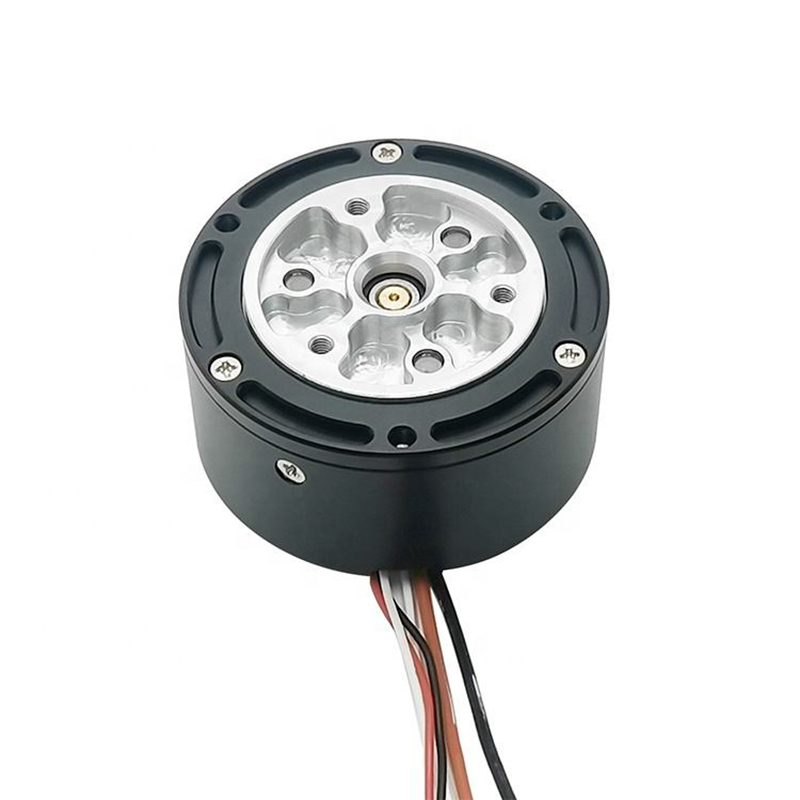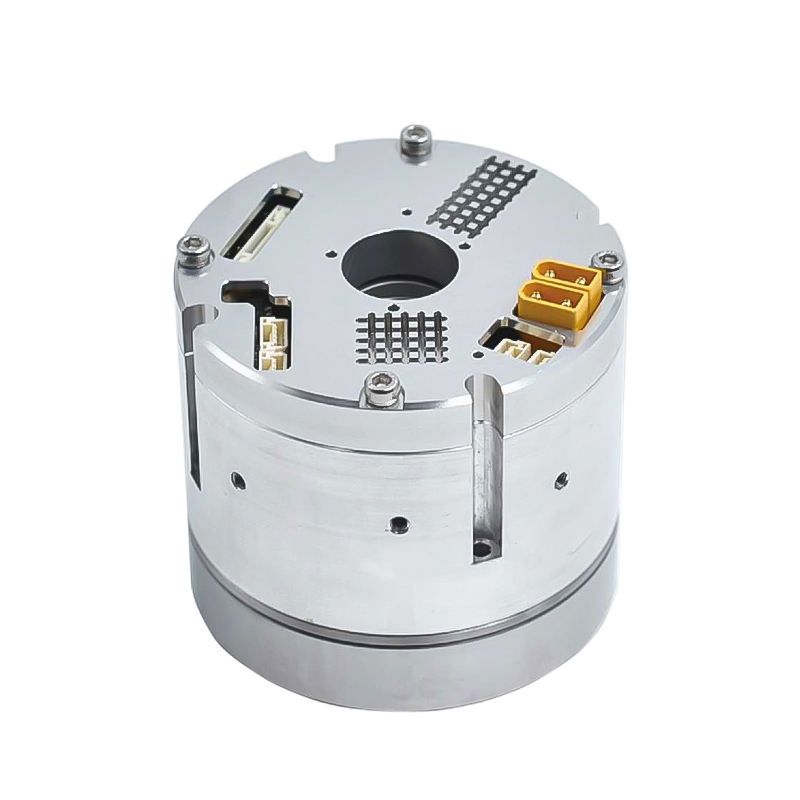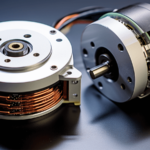Advantages of Brushless DC Motors (BLDC)
Brushless DC motors (BLDC) offer simplicity in construction, reliability in operation, and ease of maintenance due to the absence of commutator, brushes, or slip rings, compared to traditional AC and DC motors. In comparison with squirrel-cage induction motors, BLDC demonstrates comparable simplicity in construction and reliability. At power outputs below 300W, BLDC exhibits higher efficiency, around 10% to 20% higher than motors of similar specifications equipped with commutator regulators. Moreover, BLDC outperforms induction motors in terms of efficiency.
Limitations of Square Wave Drive
However, BLDC typically employs square wave drive, relying on Hall sensors to detect rotor position and enforce commutation. While this approach is simple and cost-effective, widely used in electric vehicle applications, square wave drive leads to current spikes during commutation, resulting in significant torque ripple and poorer noise performance, making it challenging to extend its application to household appliances. In contrast, sinusoidal drive can prevent current spikes during commutation, albeit with a reduction in maximum torque, offering significant advantages in noise performance.
Potential of Sinusoidal Drive
Typically, Permanent Magnet Synchronous Motors (PMSM) are controlled using DSP and require optical encoders for precise rotor position detection, enabling high-precision control, even for servo systems. However, such solutions come with higher costs, whereas household appliances are highly price-sensitive, and some applications have low performance requirements. Therefore, the proposed solution of using 8-bit microcontroller integrated PWM generators for sinusoidal drive holds significant market potential.
Working Principle of Sinusoidal Drive
Generally, the air gap magnetic field of a brushless DC motor driven by sinusoidal waveforms exhibits a sinusoidal waveform or an electromagnetic field waveform with introduced high harmonic components. The motor stator typically adopts distributed winding, resulting in a sinusoidal back EMF. Three Hall sensors are fixed on the motor stator, each outputting a transition signal every 60° electrical angle, serving as synchronous data signals for the sinusoidal waveform, ensuring no accumulation of deviation.

